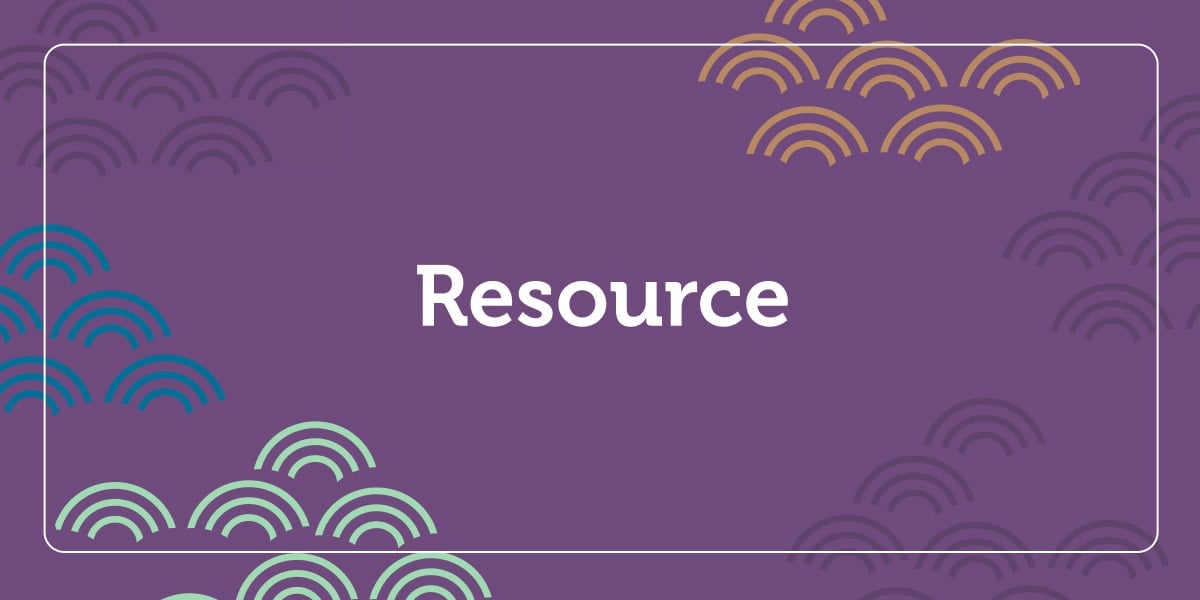Addition and subtraction aren’t the only two early math skills young learners should encounter. Estimation, for example, is an important early math skill that involves critical thinking and problem solving.
Addition and subtraction aren’t the only two early math skills young learners should encounter. Estimation, for example, is an important early math skill that involves critical thinking and problem solving.
Early childhood math activities and estimation games are a fun and engaging way to introduce your little learners to the concept of estimation. Estimation, an approximation based on limited information, is a powerful tool. It teaches children rationalization, and how to act on or make decisions with only a few facts. Estimation is particularly important in early education as it helps children decipher if a solution is reasonable, and whether or not to act on it.
Full of activities like math games for Kindergarten, Math in Minutes is a helpful resource for parents and teachers who would like to introduce estimation to their little learners.
Below are a few estimation activities and math games for kids you can try at home or in the classroom today!
Pompom Grab
Math Objectives That Meet Standards
Children will:
- Identify situations involving whole numbers in which estimation is useful.
- Name the number of objects there are in a group of three to five without counting.
How to Do It:
- Do this activity any time you have a few extra minutes.
- Keep a plastic bag of pompoms handy and whenever there is time to fill, ask a child to reach into the bag and grab five pompoms.
- When a child thinks he has five, ask him to check the accuracy of his grab by counting the pompoms.
- At first, the children will grab big handfuls but as they become better estimators, they will start grabbing smaller amounts that are more accurate.
Throughout-the-Day Estimates
Math Objectives That Meet Standards
Children will:
- Use estimations in real-life situations.
- Identify situations involving whole numbers in which estimation is useful.
- Use estimation to determine the reasonableness of answers.
How to Do It:
- This is an especially good transition activity. The simplicity of this activity masks its effectiveness. Often, the most important learning happens informally, not during the process of teaching a lesson.
- Throughout the day, as children use different objects, such as markers, jump ropes, or blocks, ask them questions, such as:
How many do you think there are?
How long do you think it will take?
How much does that weigh?
How many steps to the cafeteria?
Estimation Jar or Box
Math Objectives That Meet Standards
Children will:
- Use estimation to predict the reasonableness of computed answers.
- Use estimation to predict computations in real-life situations.
- Use numbers to make realistic predictions and estimates.
- Count aloud from 1-10.
How to Do It:
- Each Friday, send a child home with an empty jar or box, asking the child to put something in it that the class can use for estimating during the following week.
- Set up some criteria for what sort of items the children should bring to class in the container. For example, food will spoil and sharp things stick or cut, so it is best not to include them. Examples of acceptable items include pebbles, coins, leaves, twigs, paper clips, plastic animals, or pencils. With the children, make a list of acceptable objects, and hang the list near the estimation station.
- Talk about appropriate quantities for the children to bring to class. For example, why bring 100 items when most of the children can count only to 10 or 20?
- Explain to the children that they should only bring in as many items as the children are able to count (from 10-20 would be a reasonable amount).
- When a child brings the container to school, bring it to the “Model Estimation Station” (see page 48). Put some of the objects into the “If” jar, and two or three times that many in the “Then” jar, and challenge the children to estimate how many are in the “Then” jar.

